Article published in Port Technology International Journal – Edition 144
One of the great challenges of maritime transport is to guarantee safety both during crossings and inside the port facilities. As a nexus between the maritime and terrestrial worlds, ports and terminal operators must ensure that the entry and exit of people, vehicles, and goods are organised, efficient, and free of threats.
In recent decades, technology has proven to be one of ports’ greatest allies in addressing this quiestion. Today, optical character recognition (OCR) technology is considered a fundamental tool for automating access control and meeting international security standards.
ISPS, a Turning Point in Port Security
As the World Bank and S&P Global point out in their report ‘The Container Port Performance Index 2023’, the significant increase in container freight transport over the last decades has highlighted how critical ports are for the supply chains and for the global economy. It has shaped a context in which ports must improve their efficiency, ensure safety, and reduce the environmental impact of their activities to meet the challenges presented by the 21st century.
To enhance security, the International Maritime Organization adopted the International Ship and Port Facility Security (ISPS) Code in 2004. It did so after the World Trade Center attacks of 11 September 2001 forced it to rethink security in an increasingly connected and global world and aimed to establish bases to protect international shipping.
The ISPS is a collection of precautionary measures and action protocols that seek to guarantee the safety of people, ships, and facilities. Many of these measures can be enhanced through technology. ISPS measures cover a wide scope including the Ship Security Assessment (SSA), the Ship Security Plan (SSP), the designation of a Ship Security Officer (SSO) in charge of the supervision of the SSP, and training and awareness for crew and port personnel.
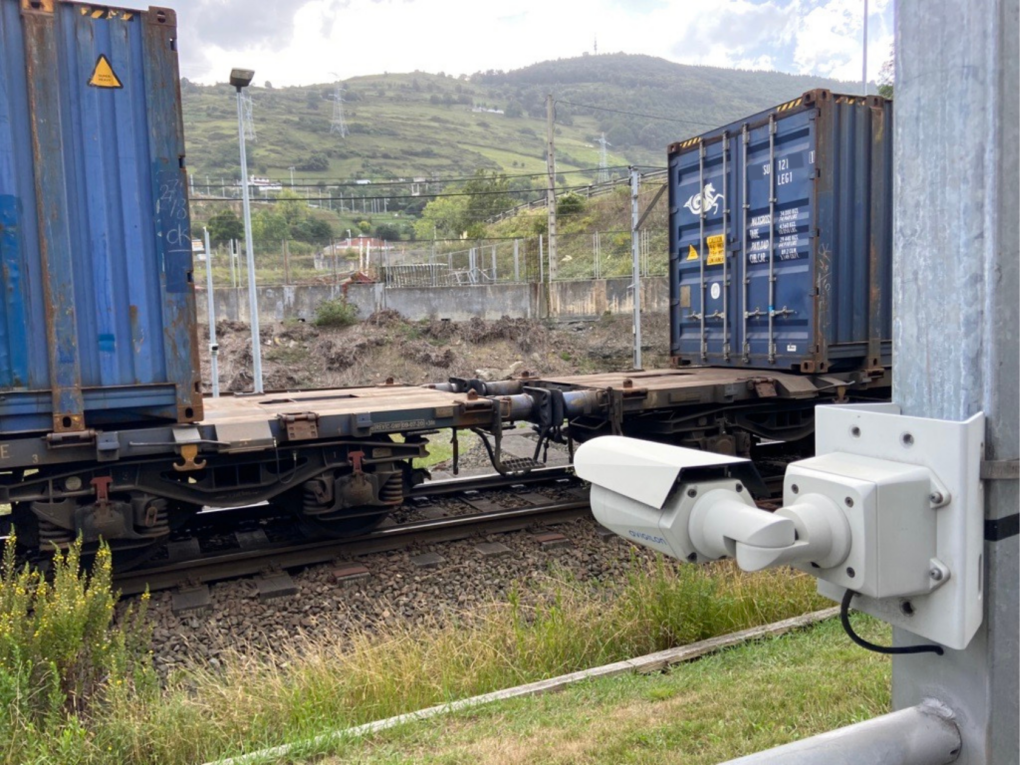
Access control and monitoring are at the centre of attention, as many other aspects of security depend on them. These include, for example, establishing procedures to control and monitor access to ships and restricted areas, implementing measures to prevent unauthorised access as well as fostering continuous surveillance of activities on ships and ports. To achieve this, the use of surveillance systems, such as security cameras and patrol cars, is privileged, and the maintenance and proper use of security equipment, such as cameras, alarms, communication systems, and locking devices, is required.
OCR Systems to Meet Security Requirements
By registering the entry and exit of people, vehicles, and goods and integrating the information with other security systems, automated access control with optical character recognition contributes significantly to improving the implementation of the ISPS code.
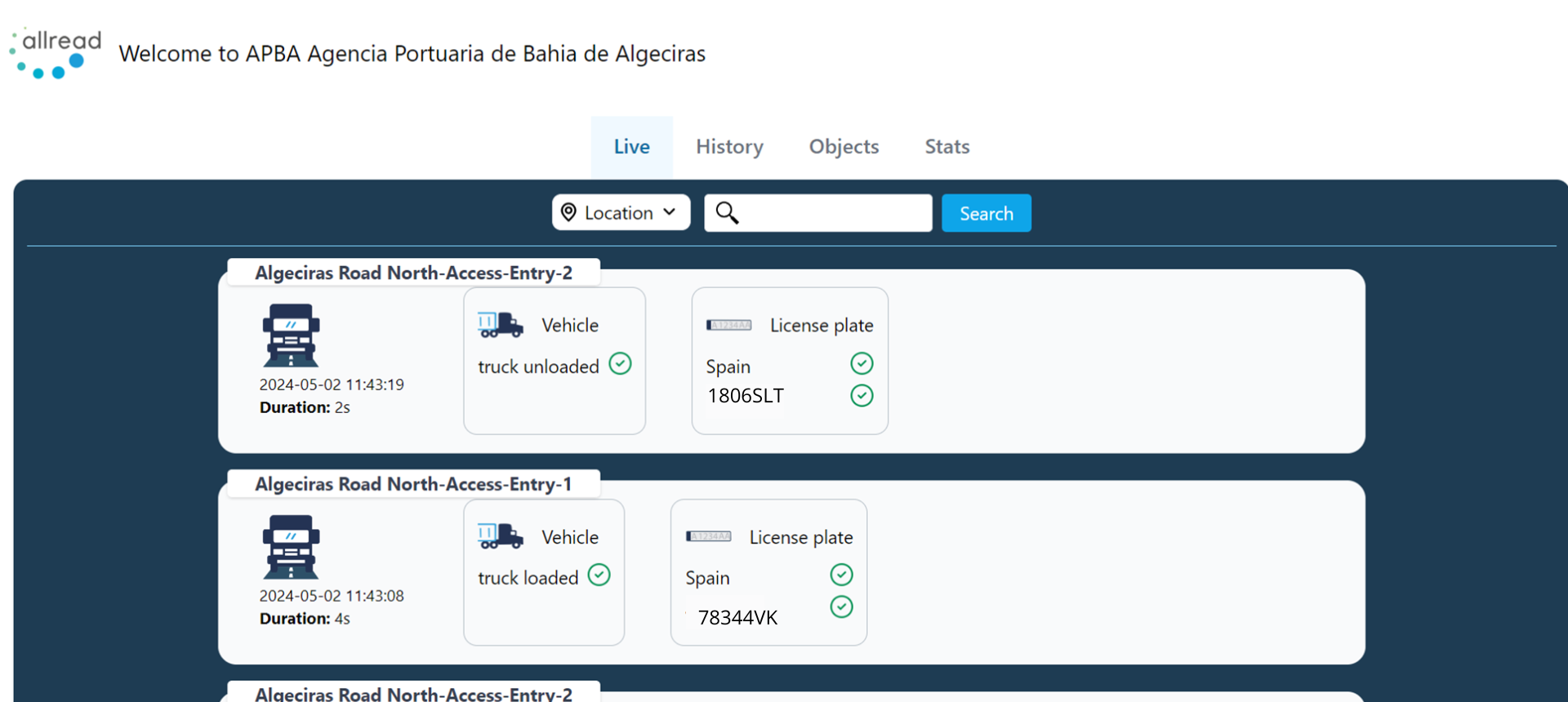
OCR software—and by extension artificial vision—extracts and records information from an image based on alphabetic and numerical characters, shapes, and movements, storing it for immediate or future purposes. In ports, these systems identify vehicle license plates, codes of wagons, containers, dangerous goods, or security seals, among other elements, when transiting through the port facilities.
This way, port operators can plan and perform security functions remotely, reduce the risk of accidents, and create detailed tracking that can be useful for auditing and compliance with ISPS security requirements.
Here’s how automated access control with OCR contributes to port security.
Vehicle License Plate Control
One of the core rules specified by the ISPS is the obligation to prevent unauthorised access to ships and port facilities. OCR cameras installed at strategic points in ports help control access by scanning and registering vehicle license plates.
Despite seeming like a solved problem, reading vehicle license plates in port environments still presents certain challenges to ensuring levels of excellence. Dirt, atmospheric conditions, and random positioning of license plates on trucks, among others, require robust reading solutions. In the port of Algeciras (APBA), for example, AllRead substantially improved the existing reading level of Moroccan license plates that use characters from the Arabic alphabet. [Read our success Case]
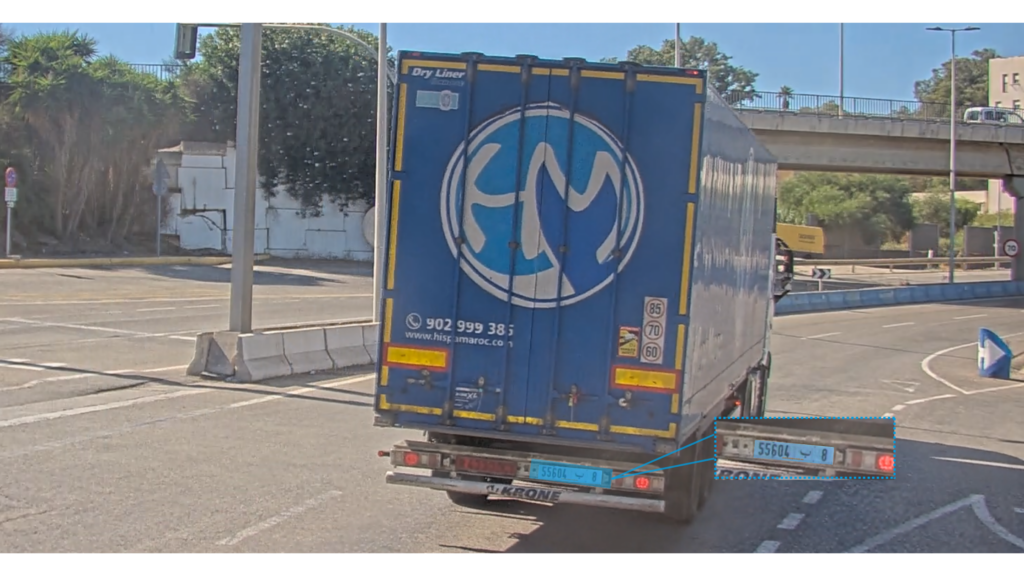
Automatic Container Identification
The main function of port OCR is the detection and reading of BIC codes (ISO 6346) of containers entering and leaving port facilities. What’s more, verifying the association between license plate and container allows you to prevent a truck from leaving with the wrong container, and to have forensic evidence in the event that this happens.
However, the vast majority of ports and terminals do not have automated access control systems, as the investment required to install them is too high. That’s why AllRead has developed a lighter system with lower infrastructure costs thanks to the robustness and accuracy of its software. Thus, it has installed OCR control systems in terminals such as Terminal Le Havre Exploitation (LHTE), with 200,000 TEU per year, and Hutchison BEST, with more than 1 million TEU.
Control of Security Seals
Controlling the presence of container security seals contributes to the ISPS Code by ensuring cargo integrity, preventing unauthorised access, and detecting potential tampering. This strengthens the security of the ship and port facilities, helping to mitigate risks and threats. AllRead has implemented seal presence control systems in ports in Portugal and Bulgaria, in addition to container and license plate readings.
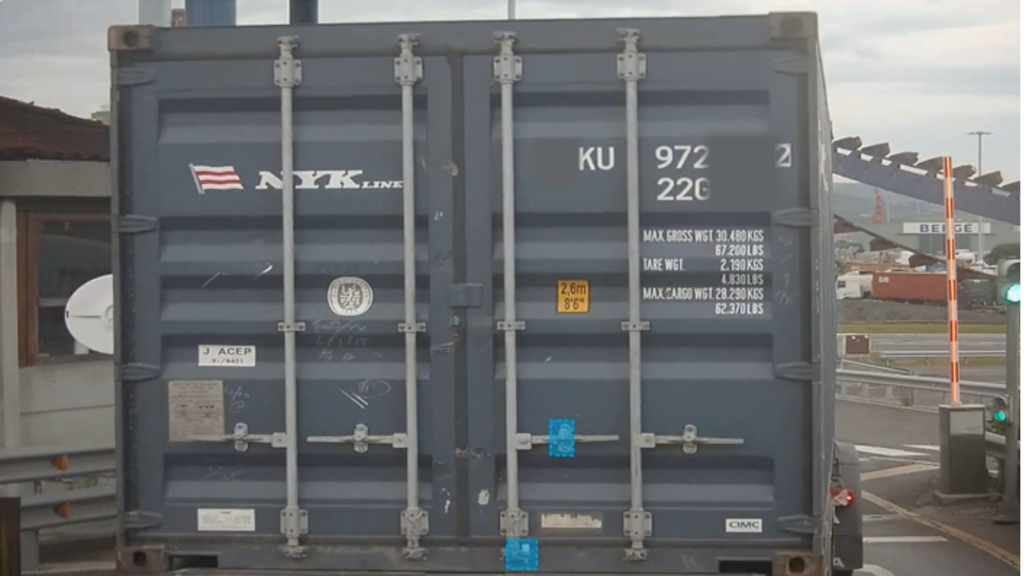
Dangerous Goods Monitoring
The treatment of dangerous goods presents very specific challenges in the day-to-day life of ports. For this reason, there is a set of international regulations that govern transport called the International Maritime Dangerous Goods Code (IMDG).
Containers are marked with badges such as ADR plates, GHS pictograms, or IMDG plates. By automatically detecting and classifying dangerous goods by reading these signs, OCR systems play a crucial role in complying with the rules governing international shipping.
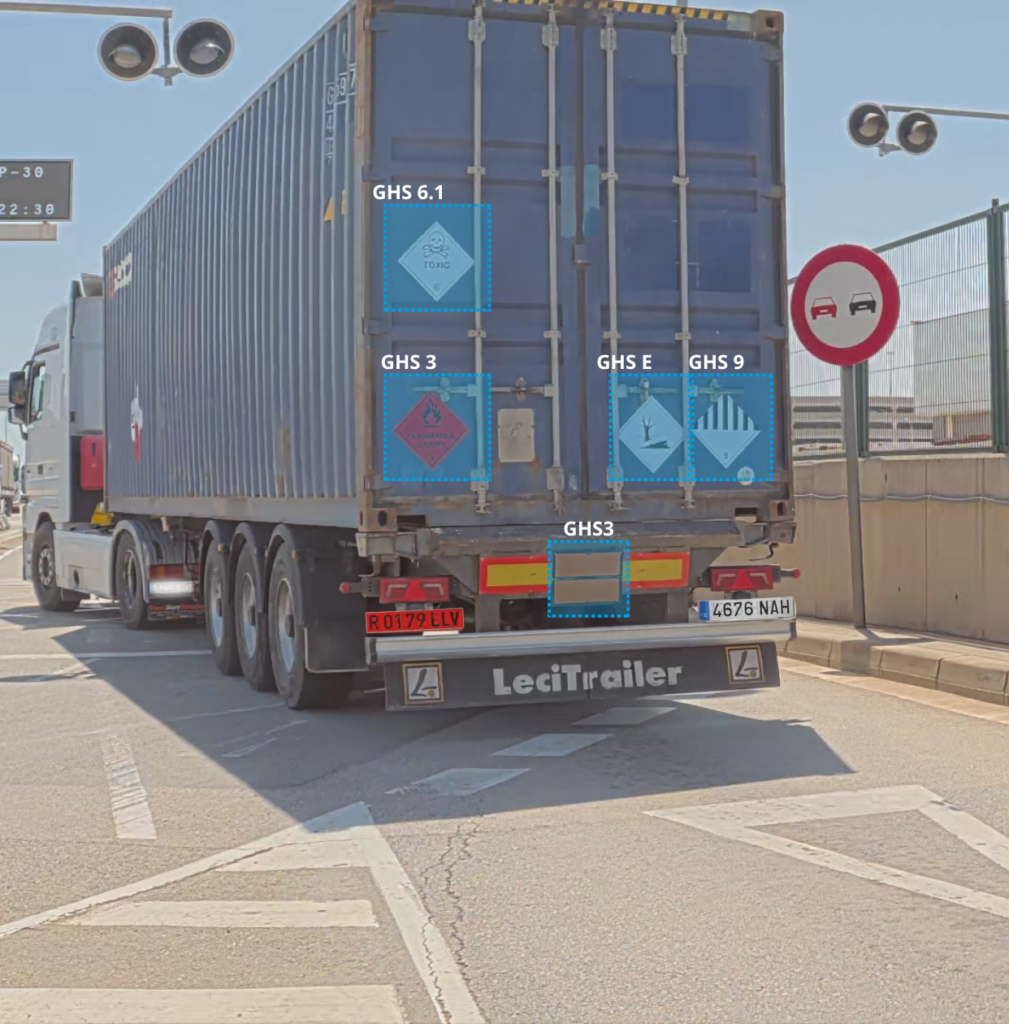
For example, the Port Authority of Bilbao (APB) uses a pre-booking management service (e-puertobilbao) to authorise passage with a prior check of their credentials. AllRead’s system, implemented at seven road access points, integrates with these credentials in the port police interface (Zutabemonitor); this allows to verify the correct ADR labelling of the truck and to intervene in the event of unauthorised entry of dangerous goods on-site. [Read more about the case]
Record and Follow-up
OCR systems automatically record the entry, exit, or location of vehicles and goods. (both dangerous and non-hazardous.) Facilitating the identification of problems or suspicious activity and enabling a rapid response to threats, as recommended by the ISPS guidelines.
Additionally, OCRs are combined with information management systems and databases, which allows information to be cross-referenced. AllRead has been integrated with a wide variety of Terminal Operating Systems (Dataconcept in LHTE, Navis in Terminal Darsena Toscana), and Port Community systems (PCIS in the APBA, Infoport in Valencia Port).
Conclusion
Access automation through OCR plays a fundamental role in increasing port security. It is an additional reason to promote its deployment in the industry, considering the indisputable benefits of improving operational efficiency.
“By making access automation simple and affordable, we are accelerating its adoption,” says Adriaan Landman, COO of AllRead. “With our lightweight and cost-effective OCR solution, we want to contribute to increasing security in ports of all sizes.”